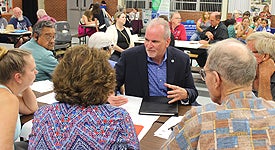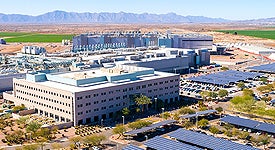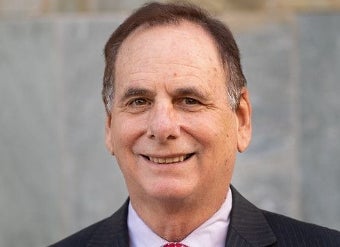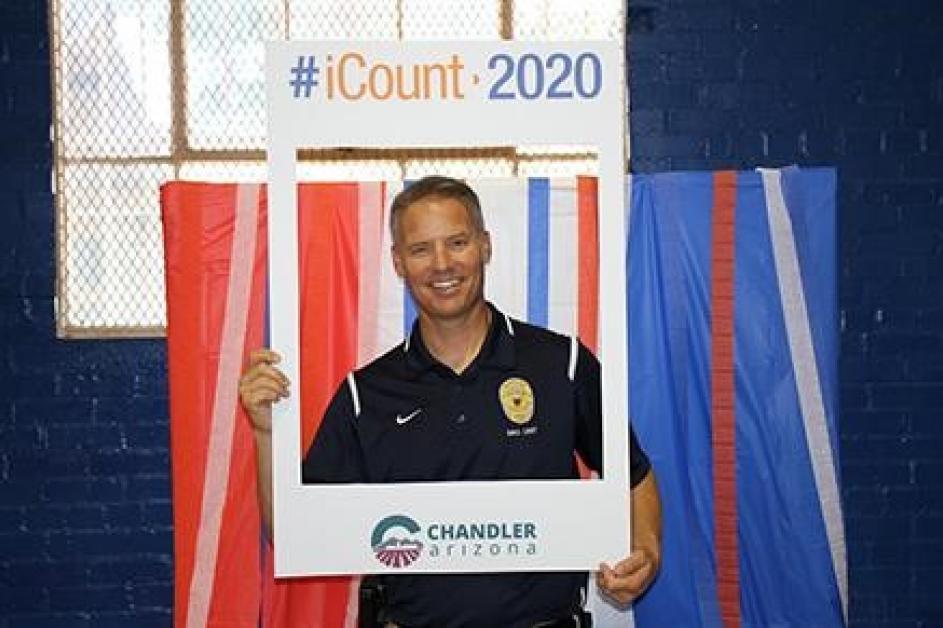
As an Arizona resident, you probably know you pay taxes to the state. However, you may not know some of those taxes come back to the City because of something called State Shared Revenue.
Essentially, these are funds paid to the State that are reallocated to the City for public use. This fiscal year, the City projects to receive about $328 from the state for each resident of Chandler in State Shared Revenue alone.
State Shared Revenues includes Sales Tax, Vehicle License Tax, Urban Revenue Sharing (Income Tax), and Highway User Revenue Fund. This fiscal year, State Shared Revenue made up about 27% of Chandler’s General Fund — the portion of the budget that funds many of the City’s day-to-day operations.
Because the state distributes these revenues to cities and towns based on population, exactly how much money Chandler receives depends directly on census data. Here’s why it matters:
AZ State Income Tax
Arizona residents pay state taxes based on their annual incomes. The money collected is distributed for different functions around the state.
State law directs 15% of all the funds collected through state income tax to be paid to cities and towns where people live. How much of this 15% Chandler receives depends on population — population that is determined through census data.
The more accurate the census count, the more likely Chandler will receive an accurate share of Shared Revenue taxes. With this revenue, the City provides residents programs and services they use every day, such as development services, transportation, neighborhood programs, parks and so many more.
Highway User Revenues Fund
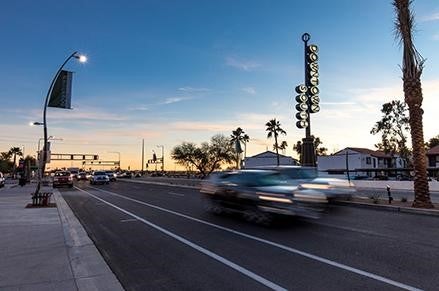
The Highway User Revenues Fund (HURF) is commonly referred to as the “gas tax” because it partially includes the tax you pay per gallon when you fill up at the pump.
Similar to the AZ state income tax, cities and towns receive 27.5% of the highway user revenues collected by the state, and one half of all the money a city or town receives is formulated and distributed based directly on population (determined by census data).
The more people counted, the higher Chandler’s percentage of population will be compared to other cities and towns in the state — and the more money the City will be eligible to receive. Once the money is back in Chandler, the City uses these funds strictly to improve transportation and street maintenance for residents and visitors.
State Transaction Privilege Tax (Sales Tax)
In Arizona, the current rate of sales tax is 5.6%. If the state puts all this money in one bucket, 0.6 percent goes directly to schools. Cities and towns like Chandler share in a portion of the leftover 5.0%.
Cities and towns receive their share of the state shared sales tax based on the relation of its population to the total population of all incorporated cities and towns in the state, according to census data.
Participating in the 2020 Census means that more of the money spent in Chandler will stay in Chandler, continuing to help the City provide programs and services to maintain and build upon our high quality of life.
Support Your Community Through the 2020 Census
Much of what we do as a City every day depends directly on an accurate census count.
On a state level, Arizona receives a total of $2,959 from the federal government for every resident counted, from infants to young children to older adults. In total, the state receives more than $20 billion annually for programs directly impacted by the census. The more people counted, the more money each community stands to receive.
Get the answers to frequently asked questions and learn more about how you can participate in the census from iCount2020.

